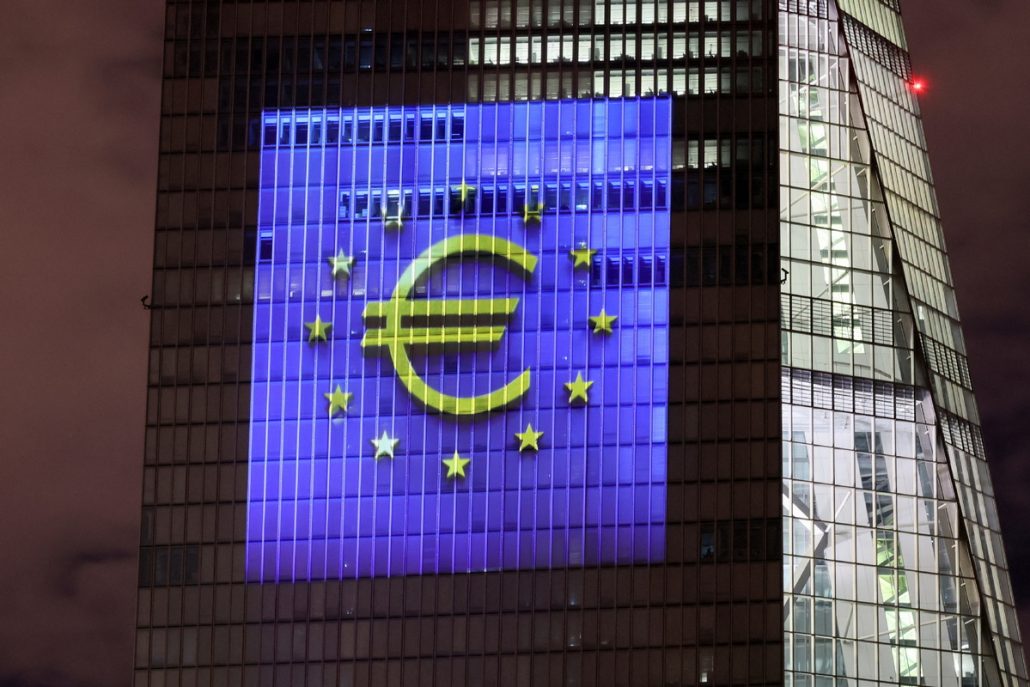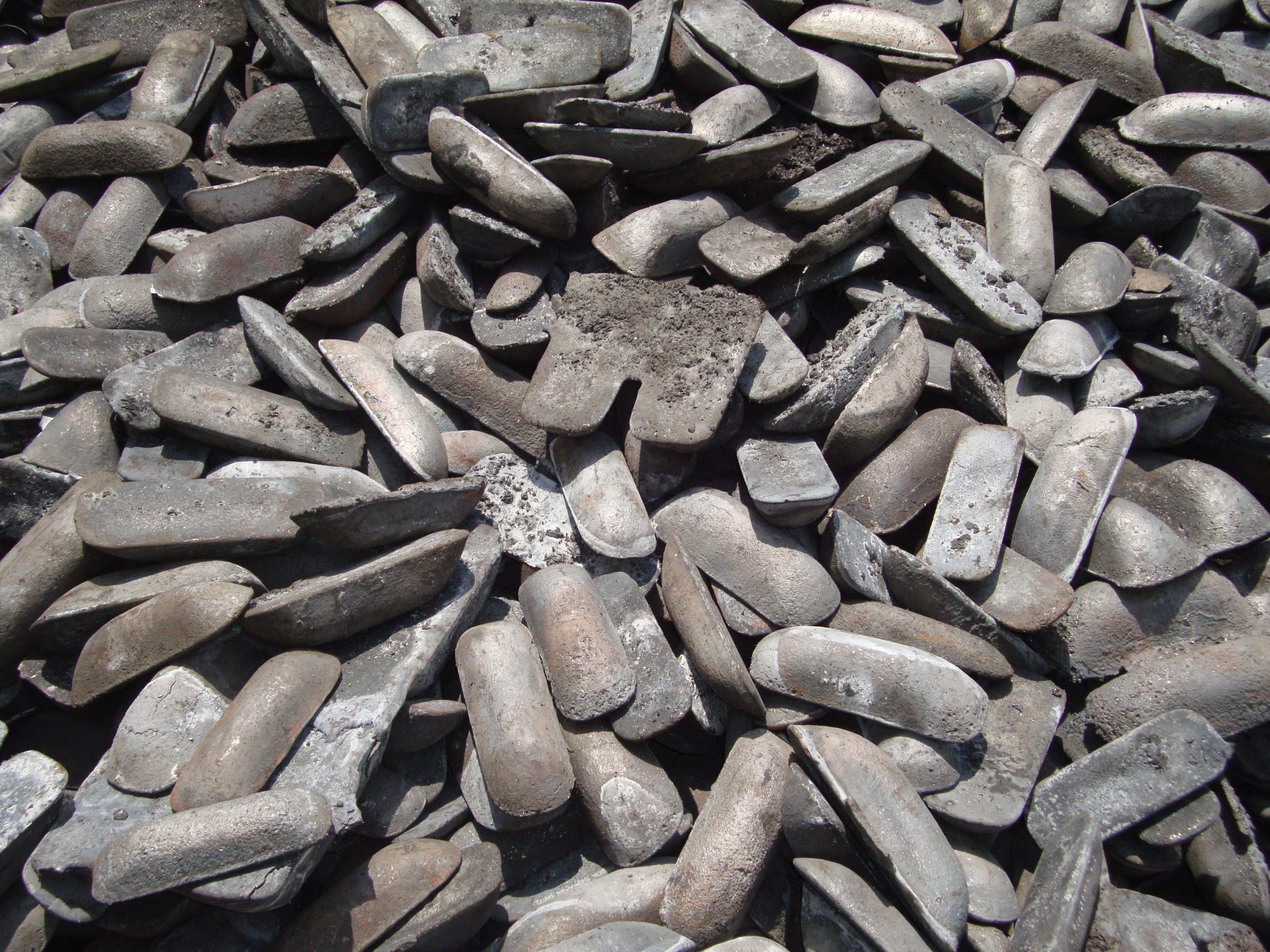
Energy prices, natural gas and crude oil, have surged. Higher demand and US sanctions on Russia are drivers. This sharp increase risks eurozone economic stability. Stagflation threatens the region.
Natural Gas and Crude Oil Price Surge
Natural gas prices doubled since October 2024. Prices rose from under $2 per MMBtu to nearly $4. Cold weather and rising demand contribute. Crude oil prices surged to August 2024 levels. WTI futures rose 17% since early December. Brent futures increased 14%. Prices reached $78 and $80 per barrel. US sanctions target Russian oil producers. Gazprom Neft and Surgutneftegaz are affected. Sanctions hit 183 vessels exporting Russian oil. These actions raise energy prices. Inflation and uncertainty increase in Europe.
Risk of Stagflation in the Eurozone
Rising energy prices challenge the European Central Bank (ECB). The ECB grapples with inflation. Stagflation may hit the eurozone. This means high inflation and stagnant growth. Unemployment may rise. Eurozone GDP growth is projected at 0.8% in 2024. Energy costs may undermine growth. They strain the eurozone’s economy. Market analysts warn of stagflation risk. The region balances energy policy and growth. The ECB faces a challenge. The situation worsens if energy prices remain high.











Leave a Reply
You must be logged in to post a comment.